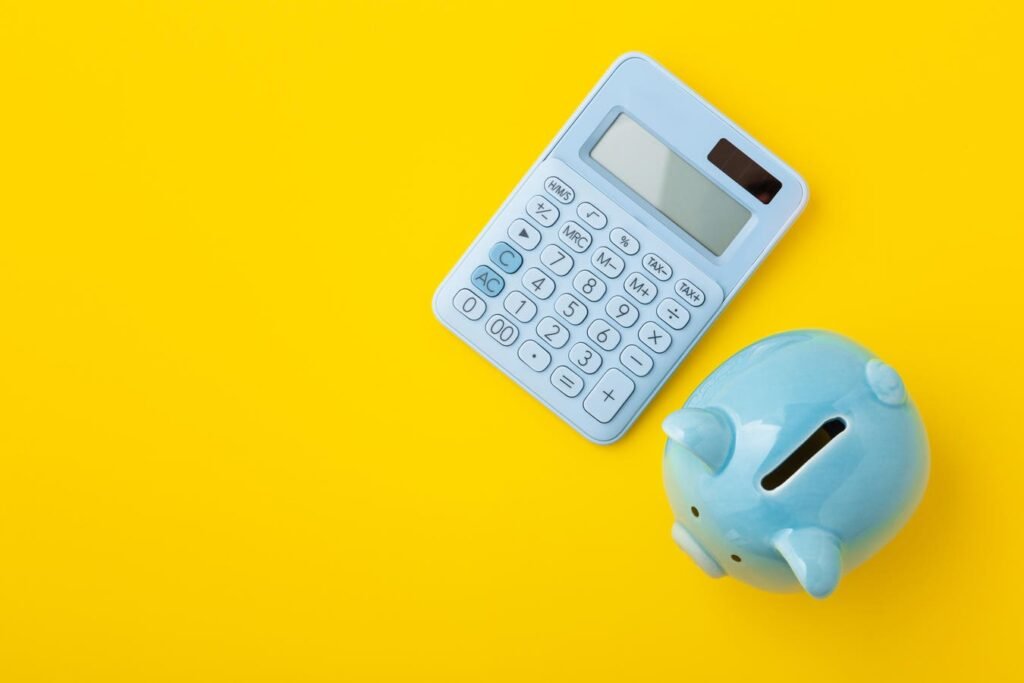A well-crafted budget can help transform your financial life. It is a personalized roadmap that ensures every dollar is used to fuel your most important goals. This article discusses five budgeting best practices that can help improve your financial management and lead to financial freedom.
1. Know Your Numbers
Before you can budget, you need to understand where you are. This step is about getting a clear picture of where your money is actually going.
Track Your Spending
This will reveal a lot about your financial habits and guide you moving forward. For at least 30 days, meticulously track every expense, no matter how small. Use a spreadsheet, a budgeting app, or even a notebook.
Your goal is to understand your actual spending habits. You might be surprised to see how much miscellaneous spending — like coffee runs or impulse purchases — is chipping away at your available funds. If you can, make expense tracking a continuous part of your financial management. It will promote mindful spending.
Distinguish Between Fixed And Variable Expenses
To create a functional budget, you must categorize your outflows. Fixed expenses are predictable and generally the same every month. Think of rent or mortgage, car payments, insurance premiums, and debt obligations.
On the other hand, variable expenses fluctuate based on usage or choice. These include groceries, electricity or gas bills, entertainment, and dining out.
This distinction is essential because your variable expenses are where you have the most control. It’s where you can tweak your budget in case you need to allocate more for savings or other financial goals.
Base Your Budget On Net Income
Also known as your take-home pay, net income is the amount you receive in your bank account after regular deductions, such as taxes and retirement contributions, are taken out.
Never budget based on your gross income because that’s a sure way of coming up short every month.
2. Choose A Method That Fits You
There is no one-size-fits-all approach to budgeting. The best budgeting method is the one you can actually stick with. Find a system that aligns with your personality, financial goals, and situation. Below are examples of popular approaches.
The 50/30/20 Rule
This is a simple guideline that divides your net income into three categories. You allocate 50% for needs (such as housing, food, transportation, and utilities), 30% for wants (such as dining out, going to the movies, vacations), and 20% for savings and debt repayment (rainy day fund, retirement savings, investing, or paying off credit card bills).
You may also adjust the percentages depending on your goals. For example, if you want to increase your savings rate or get out of debt faster, you can set it to 35% and leave just 15% for wants.
Zero-Based Budgeting
You may use this method if you want to have maximum control over your income. You assign a purpose for every dollar before the month begins, so that your total income minus total expenses (including savings) equals zero.
It doesn’t mean your bank balance becomes zero or that you spend away all your money, but it guarantees you are spending and saving with intention. This method can be very effective, especially for curbing overspending. It eliminates mystery or miscellaneous money because all your dollars are accounted for at the beginning of the budgeting process.
Envelope System
This is a cash-based method in which you assign a set amount to variable categories, such as groceries, entertainment, or personal spending, and place the money in envelopes.
When the cash in each envelope is gone, you stop spending in that category until the next budgeting cycle. This system makes spending more visible and enforces a tangible limit.
3. Be Goal-Driven
Without a purpose, your budget is just a spreadsheet or a list of bills. Having goals will provide motivation and maintain discipline. When you know why you are saying no to a potential purchase, it becomes much easier.
Set Clear Goals
Don’t just say you want to save money. Define what you are saving for. Is it for a down payment on a house? Do you want to buy a new car? Are you saving up for a child’s college education?
Better yet, use the SMART criteria: make your goals specific, measurable, achievable, relevant, and time-bound. For example, instead of saying “I want to save for a vacation,” you could say “I will save $5,000 for a trip to the Philippines by December 31 next year.”
Setting clear, realistic goals makes it easier to track your progress and be purposeful with your savings targets. It can also help you stick to your budget.
Pay Yourself First
A typical money mistake people make is saving what’s left after expenses — don’t. Shift your mindset and always save first. Treat savings as a non-negotiable. Consider it a payment to your future self.
This way, you ensure there is money allocated to your savings, potentially earning interest and generating wealth, regardless of what else happens during the month.
Prioritize Debt Repayment
It will be hard to achieve financial progress if you carry debt, especially high-interest ones. You must target these debts as soon as you can.
You may even consider prioritizing debt repayment over savings, as this can save you more money in the long run by reducing your total interest payments.
4. Optimize And Automate
The key to long-term budgeting success is creating a system that works in the background, not relying on willpower every day. Automation removes friction and lessens the chances of human error in your process.
Automate Fixed Bills And Savings
With technology, it’s pretty easy to set up automatic transfers through banking apps or even your payroll system. This ensures you never miss a due date and incur late fees on your bills. You should also maximize this option for your savings and investment contributions. Set it up so that they transfer on the day you receive your paycheck.
This can be a set-it-and-forget-it system that forces you to take care of priorities before you even have a chance to spend your money on other things.
Plan For Irregular Expenses
Life is rarely consistent. Expenses like annual insurance premiums, holiday shopping, vehicle registration, and property taxes can wreck your budget if you don’t plan for them.
Create a separate sinking fund category in your budget. For example, if a $1,200 expense is due in December, set aside $100 a month in a dedicated account starting in January.
You should also build an emergency fund to cover emergencies. Ideally, this fund should have at least six months’ worth of living expenses, kept in a separate savings account, and used solely for emergencies. Remember to replenish your emergency fund as soon as you can whenever you dip into it.
5. Review, Adjust, And Be Patient
Treat your budget as a living document, not a rigid contract. It needs constant attention and refinement to remain effective.
Conduct Regular Reviews
At least once a month, preferably right before a new one starts, sit down and review your actual spending against your planned budget. Were you over or under? Where did you succeed?
Do this monthly review to catch problems early, reallocate funds as needed, and gain valuable insights into your habits.
Stick To Your Budget But Be Flexible
While discipline is crucial when budgeting, nobody’s perfect. For example, say you spend more than your budget for groceries, don’t give up. Instead, adjust the plan for the rest of the month. Perhaps you can temporarily cut back on dining out to compensate.
Take it as a learning experience and do better next month. Don’t be too hard on yourself. Expect mistakes, surprises, and temptations. Keep in mind that disciplined budgeting takes time. The key is consistency, and it always beats perfection.
Final Thoughts
Implement these five best practices to improve your budgeting and achieve financial freedom. Remember to treat your budget not as a punishment or restriction but as a way to organize and plan your finances. Let it be a liberating practice that generates wealth in the long run. For expert guidance and tailored advice, you may consult a financial advisor.
Read the full article here












